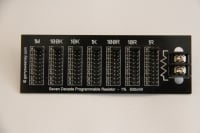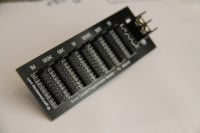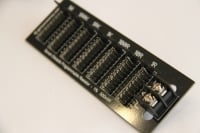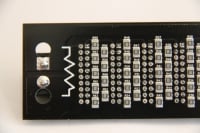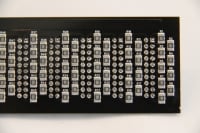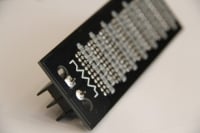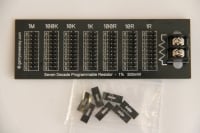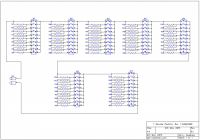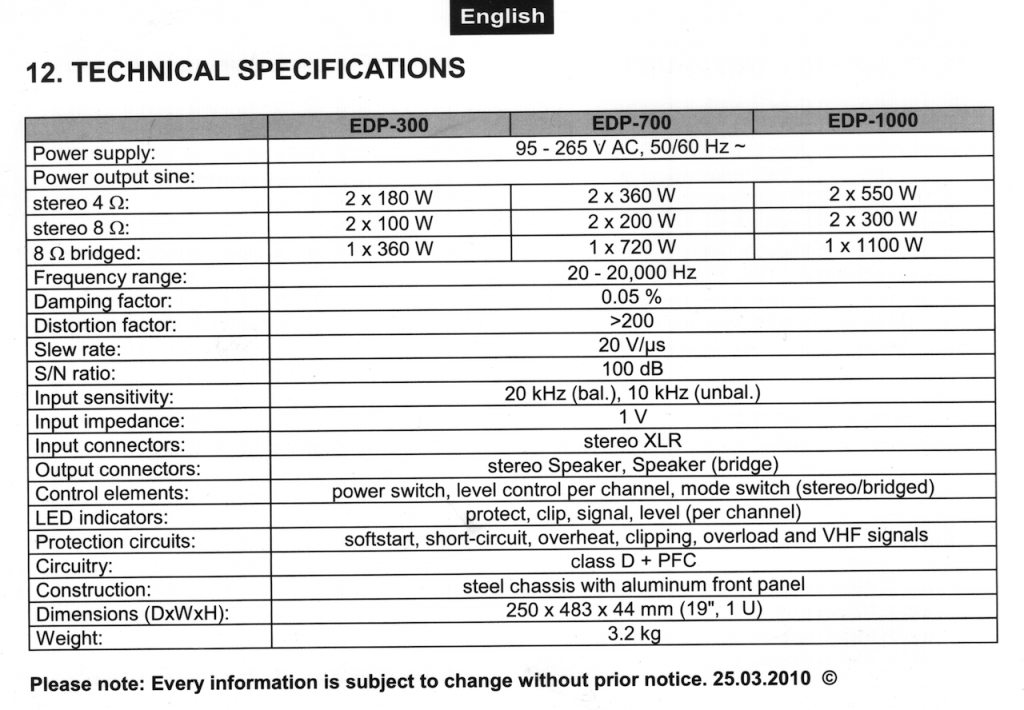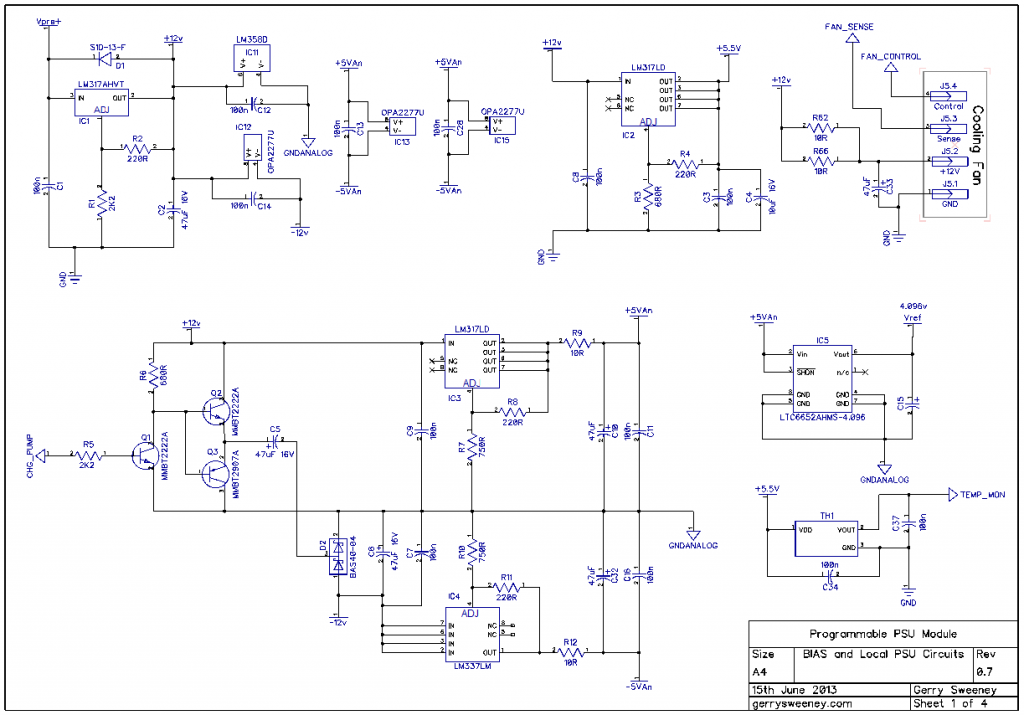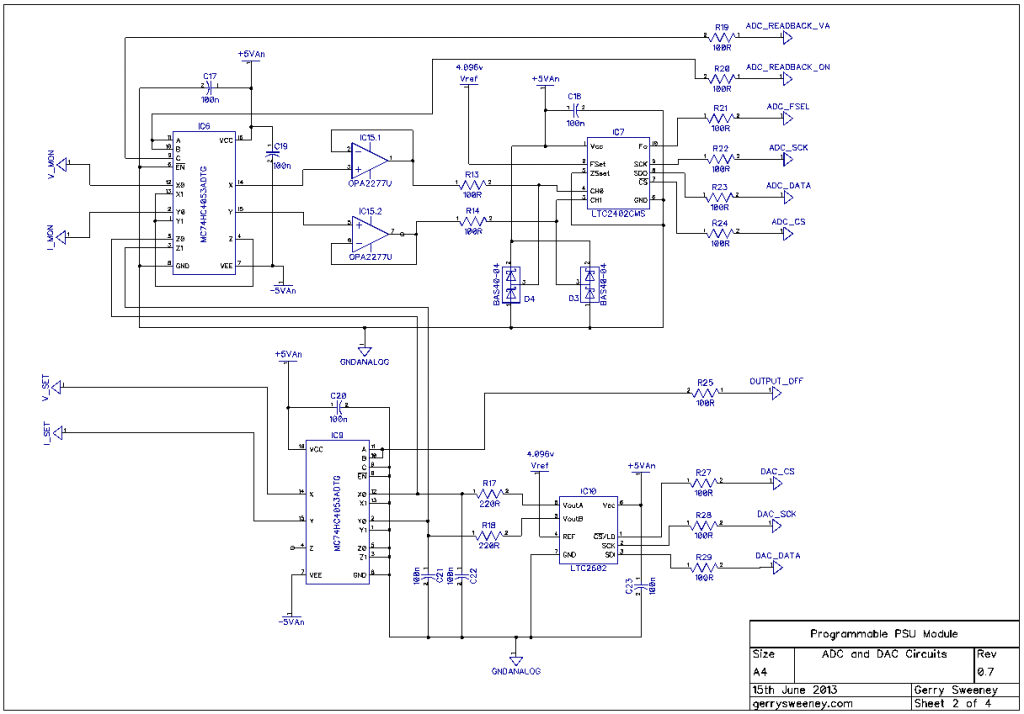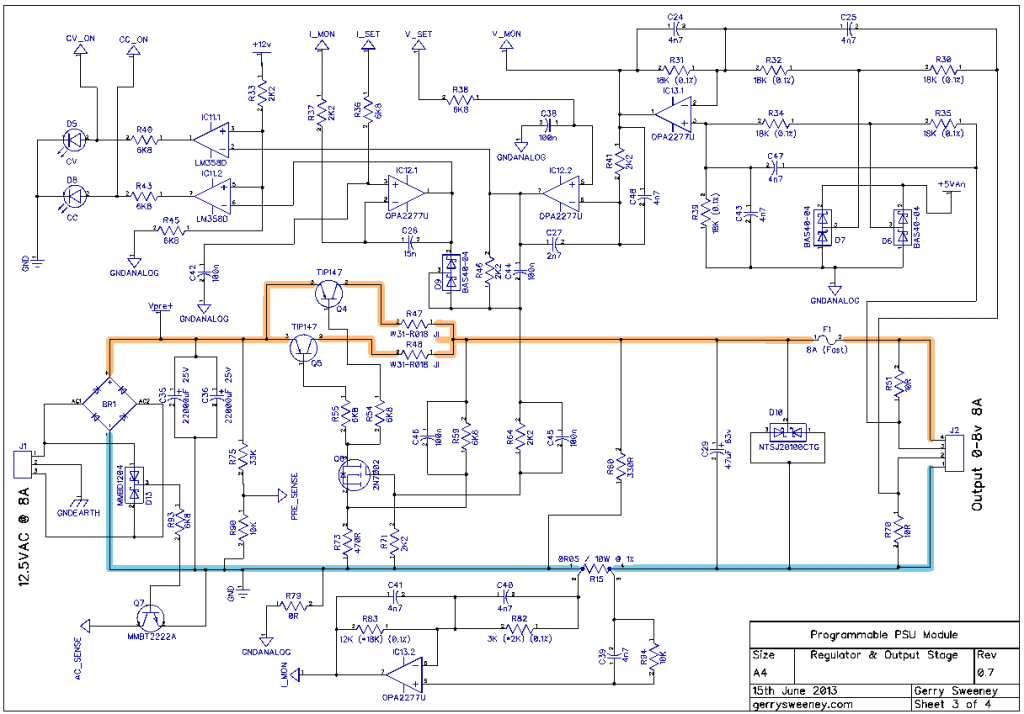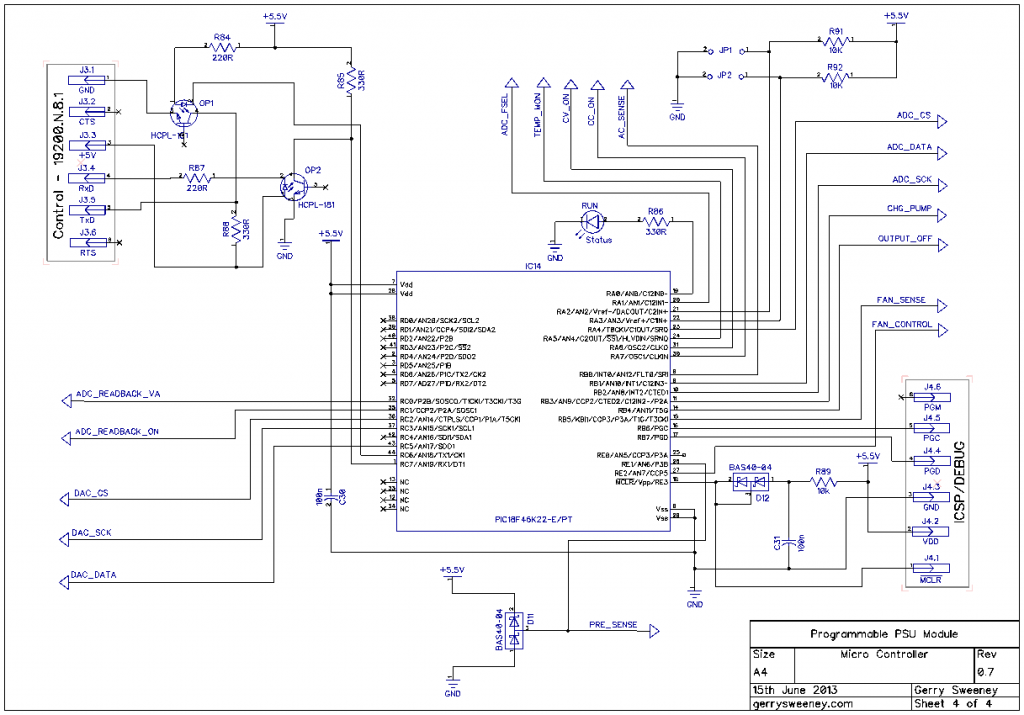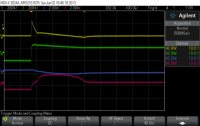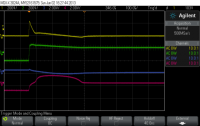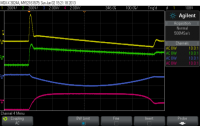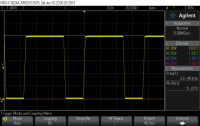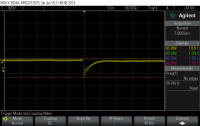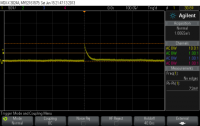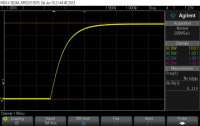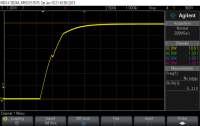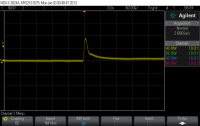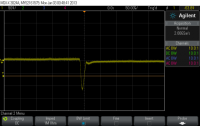I have spent a lot of time over the years prototyping electronic circuits and the amount of resistors that have ended up in the trash because they are so cheap you don’t bother to keep them tidy or organised once you take them out of their organised storage – you know the story. One potential solution to this is a programmable resistance box but the problem with these things are they are bulky and expensive and do not lend themselves well to breadboard prototyping. The cost of construction means they are typically the reserve of high-precision resistance boxes. I have a CROPICO RBB6E resistance box in my lab which I open up to have a look inside, its really well made, mostly by hand too, far too nice to abuse in prototyping….
I looked around at what is available but did not find a solution that met my own requirements so I decided to design something simple myself. I also wanted to make a simple project to get manufactured by machine which apart from other things requires reasonable volume, and I thought this project would be useful enough to others that I should get some made and make them available.
Various Pictures
Project Discussions
Project discussion thread on EEVBlog forums
Other Resources I mention in the Video
Cheap Resistance Substitution Box by @vtl on the EEVBlog
Cheap Resistance Substitution Box – Hack-a-day
If you do want one of these I have these for sale on “tindie.com”, the item listing is here:
I have also listed these on e-bay, you can search for “gerrysweeney.com” which will find the listing.
As ever, if you have any comments, suggestions or feedback, please use the form at bottom of this page
Thanks for watching
